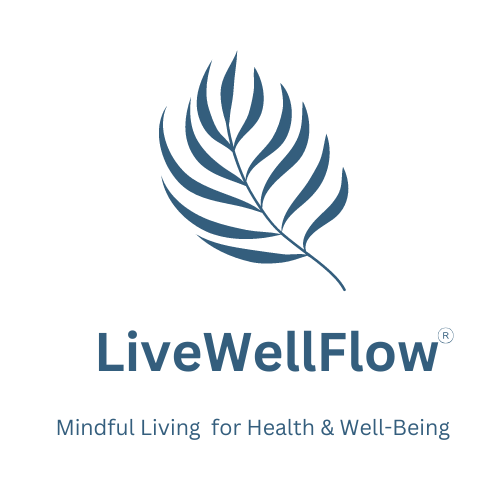Releasing the Tension Within
Sep 23, 2024
Have you ever been driving and noticed a clenched jaw? It can be a bit of a surprise when you notice it (if you notice it), especially if there aren't any traffic jams, you haven’t been cut off by another car, aren't running late, or feeling any physical pain.
The clenched jaw only compounds any stress you may be generally feeling. Another example of the mind-body connection, habitual reaction, and the importance of mindful present moment awareness.
All of us feel tension from time to time. Perhaps you’ve noticed that it can use up a lot of energy. A constant state of muscular tension from chronic stress can also have consequences for your health. As the American Psychological Association notes, [w]hen muscles are taut and tense for long periods of time, this may trigger other reactions of the body and even promote stress-related disorders. For example, both tension-type headache and migraine headache are associated with chronic muscle tension in the area of the shoulders, neck and head.”
So, what can you do to help release the tension?
Staying Connected with your Body Can Help Ward Off Unnecessary Tension
Where does your body store tension? Scan your body to see where the body is holding the tension. Common areas of tension are the forehead, neck, shoulder, hips, back, feet, and hands. A body scan meditation can, among many other benefits, help you become more aware of where your muscles are tight.
Discern the Source of Tension - it Can Be Emotional or Physical
The tension in your body could be a result of the “stories” running through your mind. Remember – thoughts are not facts. If you are caught up in an uncorroborated “story” that is heightening the tension in your body, see if you can let it go. If it’s not the mind, it may be your posture. Poor posture can, for example, cause neck, back, and shoulder pain. Most of us spend a lot of time sitting scrunched up at the computer. Repetitive motion can also be a source of tension. With a sense of kind curiosity explore why your muscles have become tense.
The Breath Can Help Soften Areas of Tension
Invite those places in the body where you are experiencing tension to soften. This is what I do with a clenched jaw after I realize my mind is creating unnecessary havoc. Unlock the knees and fingers, let the shoulders gently drop down away from the ears, and stop holding your breath. Breathe slowly and gently into those areas that are tight. You may notice that the tension has lessened or still exists in some places but not others. Knowing the source of your tension helps because you can relax the mind or shift the body to help alleviate it. You can’t will the tension away though, that will only beget more tension. Let whatever remains be. Awareness is a gift in and of itself. Learn from the message your body is sending you.
Mindful Movement Can Also Help Reduce Stress and Alleviate Body Tension
Mindful movement practices can both help increase your body awareness and help alleviate tension and tightness in the body. Tai Chi, Qigong, and Yoga are examples of practices that can help you develop a deeper connection to your body, gently stretch muscles, and reduce the stress that fosters muscle tension.
And as always, seek any professional assistance you think you may need from your medical provider to assist you in assessing where any pain is coming from and how to address it.
For more on how to manage stress, check out the Stress Relief Blueprint, a free 8-day email sequence with practical tips and specific techniques to head off stress.
